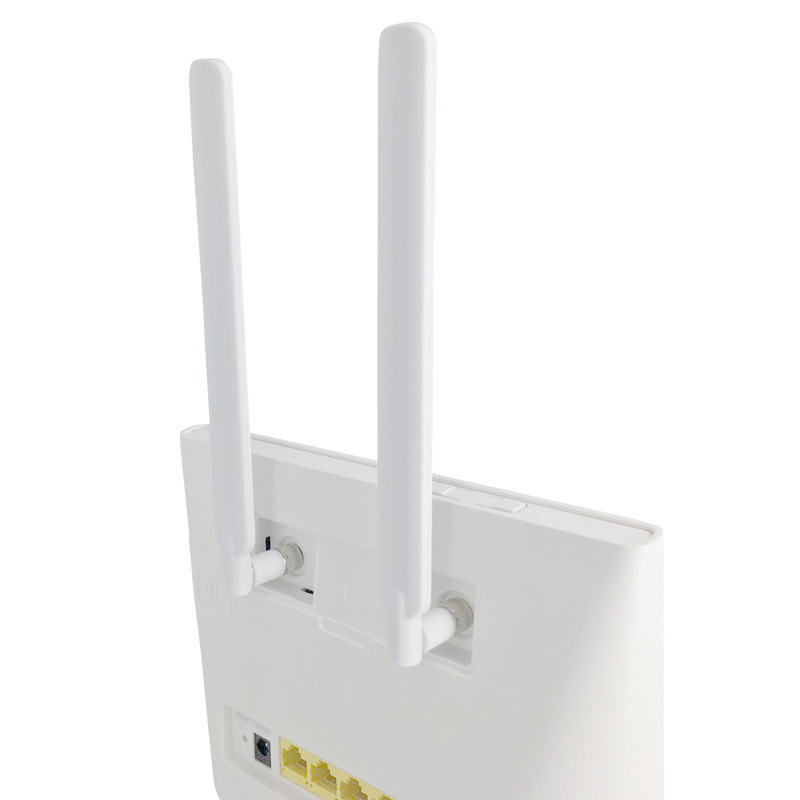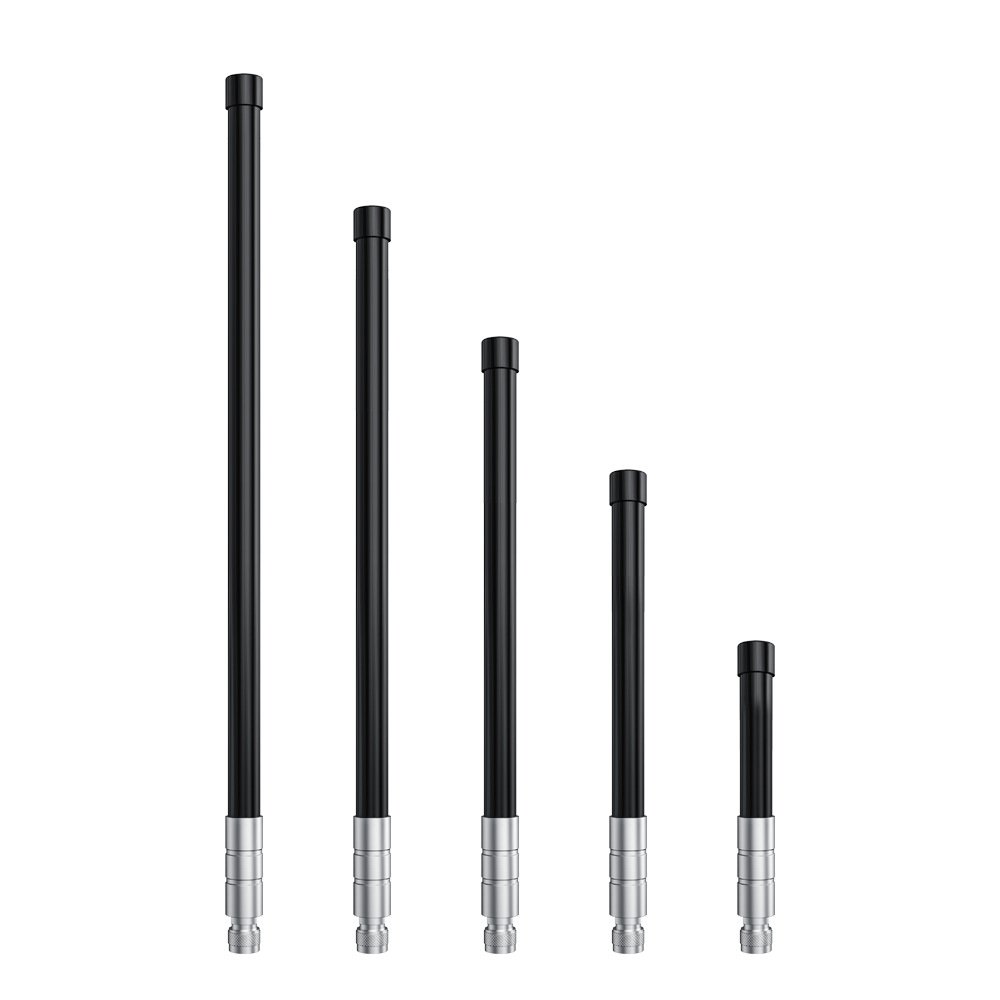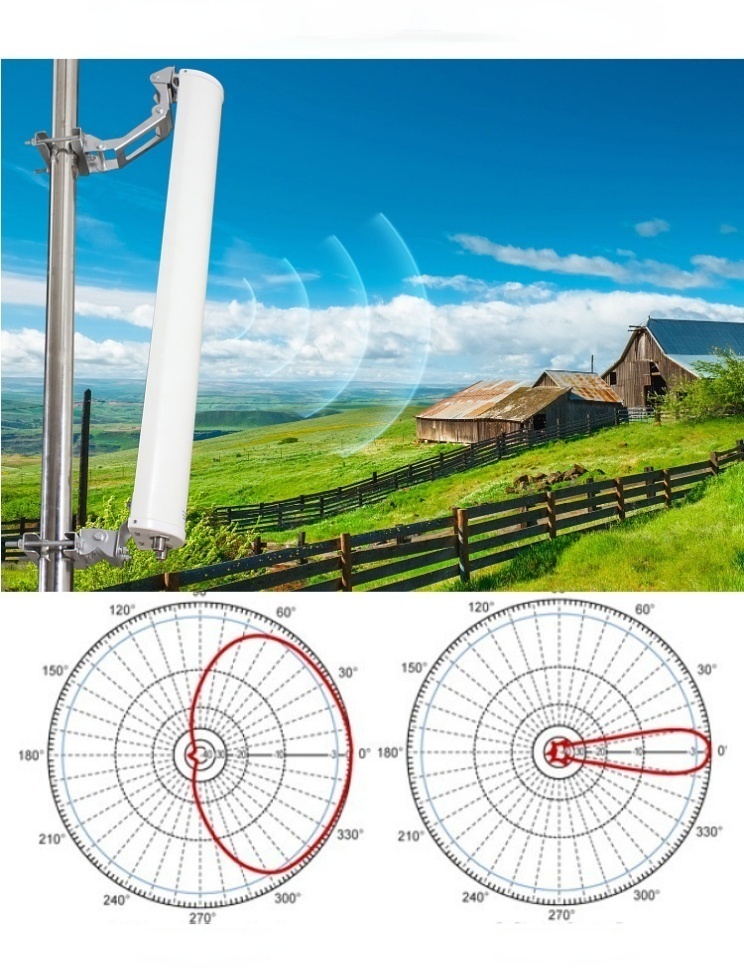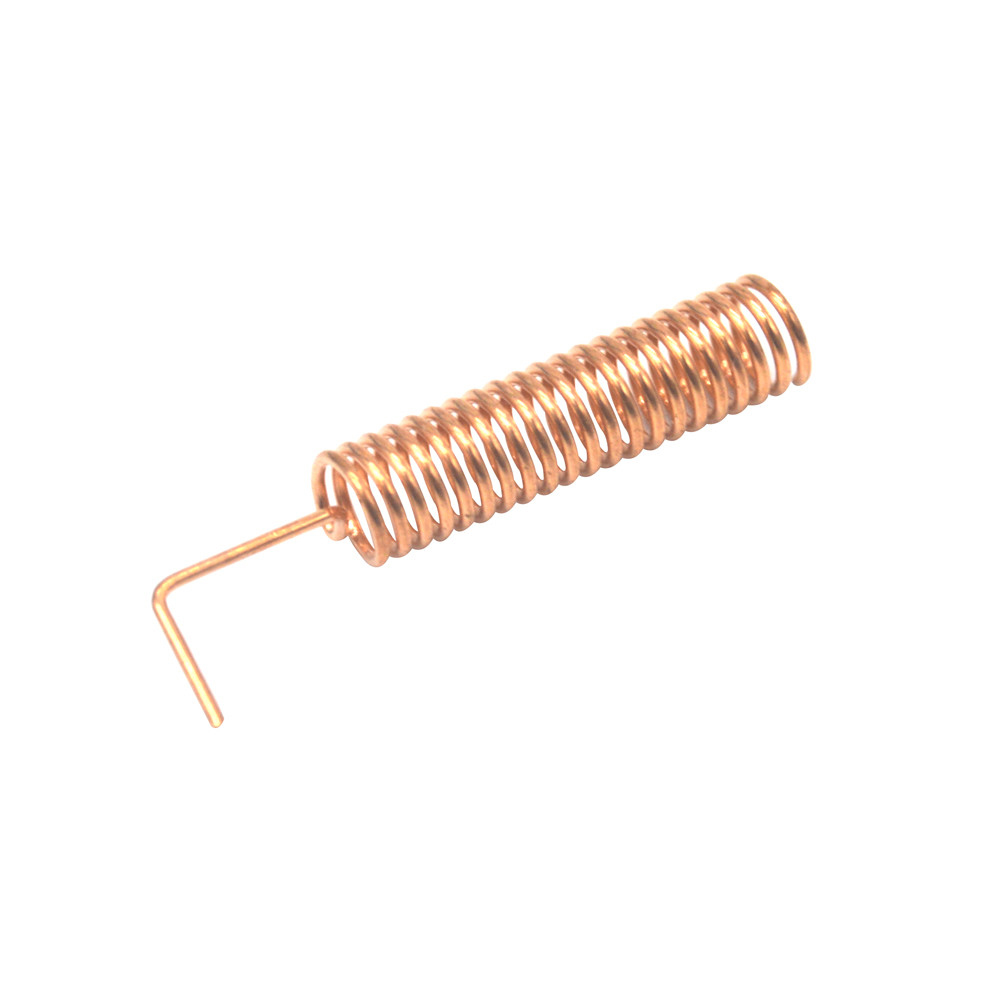1. External antenna selection
First, it is necessary to determine the signal coverage area of the device. The coverage direction of the signal is determined by the radiation pattern of the antenna. According to the radiation direction of the antenna, the antenna is divided into an omnidirectional antenna and a directional antenna.
External Antenna With Magnetism
The gain is relatively high, and the biggest feature is that it has a strong magnetic suction cup, which is very convenient to install and fix, but the suction cup must be adsorbed on the metal surface. In the wireless module industry, the suction cup antenna is often used in conjunction with the wireless module to increase the wireless module. The purpose of communication distance, such as smart meter reading, vending machines, express cabinets, car radios, etc.
Copper rod magnetic antenna
Similar to the common whip-shaped suction cup antenna, but the advantage over the whip-shaped suction cup is that the use of a pure copper radiator with a larger diameter has low ohmic loss, high antenna efficiency and wide bandwidth coverage. It is suitable for data transmission stations with relatively high performance requirements, and image transmission at medium distances.
Rubber Antenna
The most common external antenna, with moderate gain and relatively low price, is commonly used in wireless communication modules, wireless routers, digital radios, etc. An antenna of the appropriate size can be selected according to the installation space requirements. The selection of the antenna size is related to the gain. Generally, the longer the length of the same frequency band, the higher the gain.
Fiberglass Antenna
Among the omnidirectional antennas, the FRP antenna has the best performance. Its inner core is a pure copper vibrator, and it adopts balanced feeding and is less affected by the environment. it is good. Especially suitable for ultra-long-distance gateway signal coverage, image transmission, etc.
flat panel antenna
High efficiency, light and small size, easy to install, can take into account the gain and radiation area. It is suitable for indoor and tunnel wireless signal coverage; medium-distance signal transmission, image transmission and signal penetration through walls, etc.
Yagi Antenna
The gain is very high, the volume is slightly larger, the directionality is strong, and the direction of the antenna needs to be paid attention to when using it. It can be used for ultra-long-distance signal transmission, image transmission and direction finding.
Log periodic antenna
Ultra-wideband antenna with very wide bandwidth coverage, up to 10:1 bandwidth, commonly used for signal amplification, indoor distribution and elevator signal coverage.
2.Built-in antenna selection
The form of the Embedded Antenna can be divided into: FPC/PCB/spring/ceramic/hardware shrapnel/laser direct structuring (LDS) and other types. At present, FPC and PCB antennas are generally selected; in the case of high cost control and general performance requirements, more springs & metal shrapnel are selected; for special application scenarios, ceramic patch or LDS antennas are selected, and general built-in antennas are affected by the environment. impact, requires custom design or impedance matching.
FPC
It has a good price/performance ratio and can be matched with various appearance colors after fuel injection; the product has good flexibility and can be perfectly fitted to the regular arc surface; the process is mature and stable, the production cycle is fast, and the batch delivery is good; it is suitable for poor performance. High-demand broadband smart device antenna design.
PCB
The biggest difference between the PCB antenna and the FPC antenna is that the FPC has good flexibility, and the PCB antenna is a hard board. In the structural installation, if you need to bend and arc, choose the FPC antenna. If it is a plane, you can choose a PCB antenna. FPC is easy to install.
spring antenna
Its biggest feature is that it is cheap, but has low gain and narrow bandwidth; when it is built into the product, it is often necessary to debug the antenna matching.
Ceramic Patch Antenna
Small footprint, good performance; narrow bandwidth, it is difficult to achieve multi-band; effectively improve the integration of the main board, and can reduce the restrictions on the ID of the antenna; The design needs to be imported at the beginning of the definition of the board.
Metal shrapnel antenna
It has high cost performance and can effectively reduce costs; the product has high strength and is not easy to be damaged; the process is mature and stable, the production cycle is fast, and the batch delivery is good; the application to the antenna area and the arc surface has certain limitations.
Post time: Oct-13-2022


-WIFI吸盘天线5.jpg)








